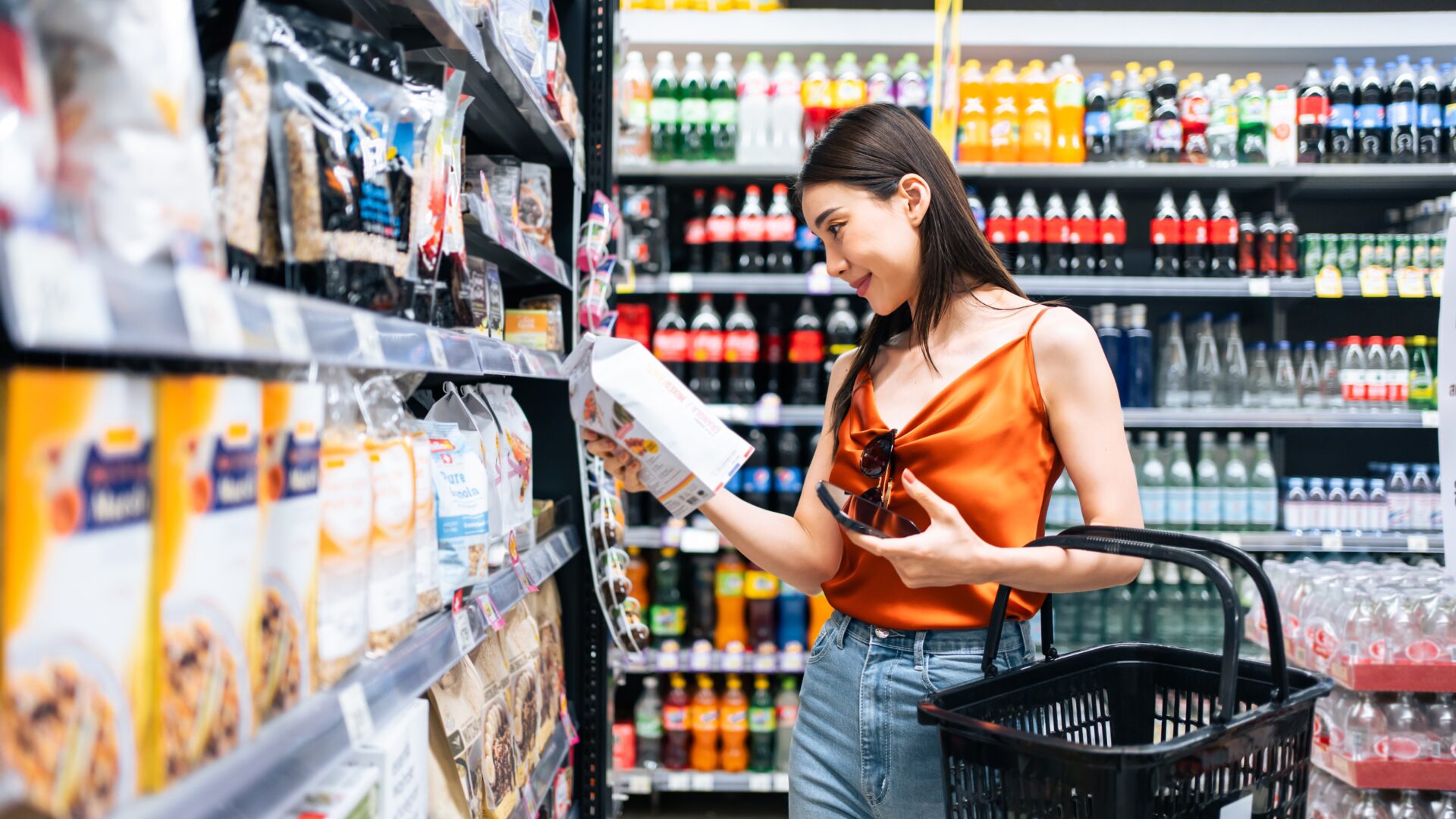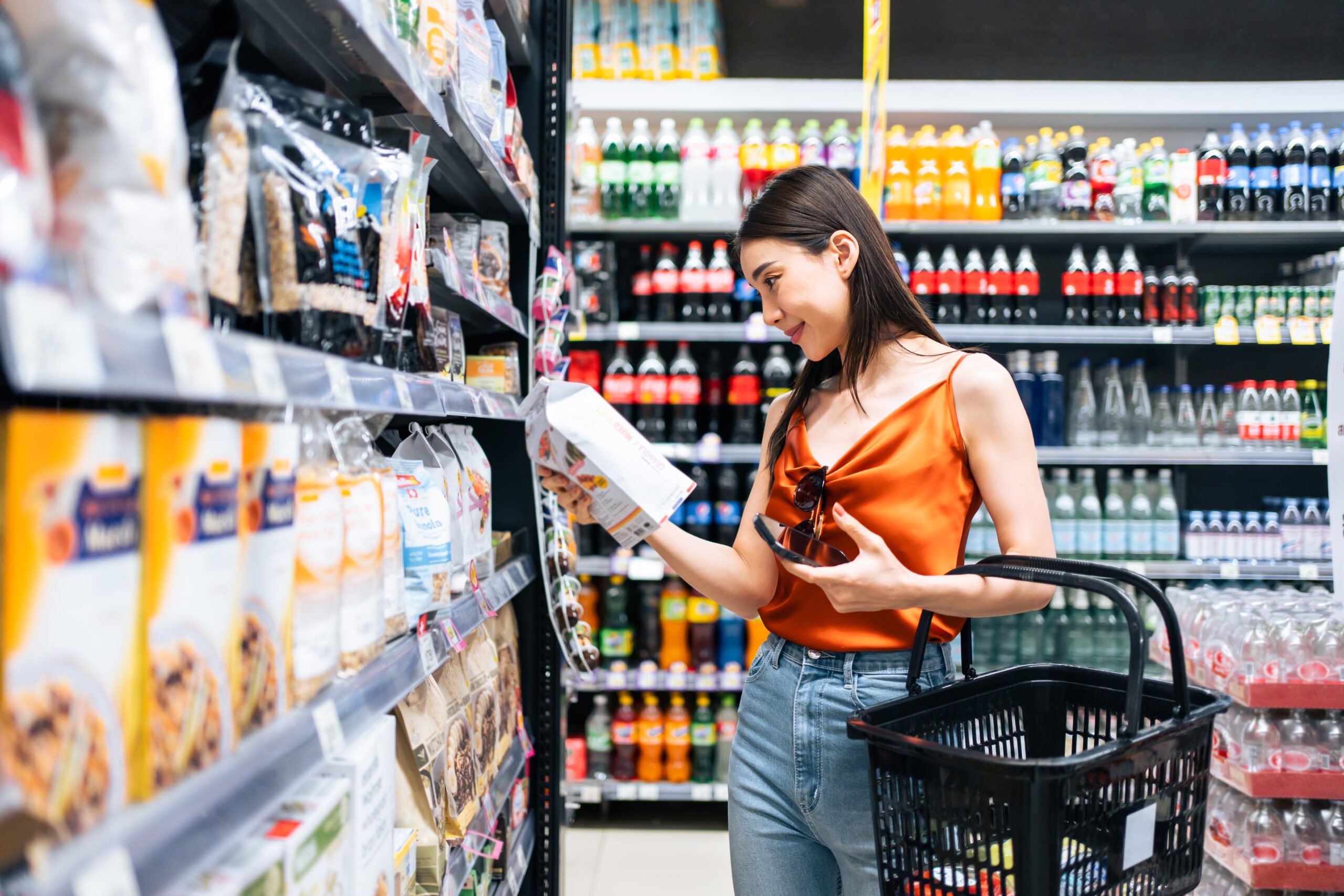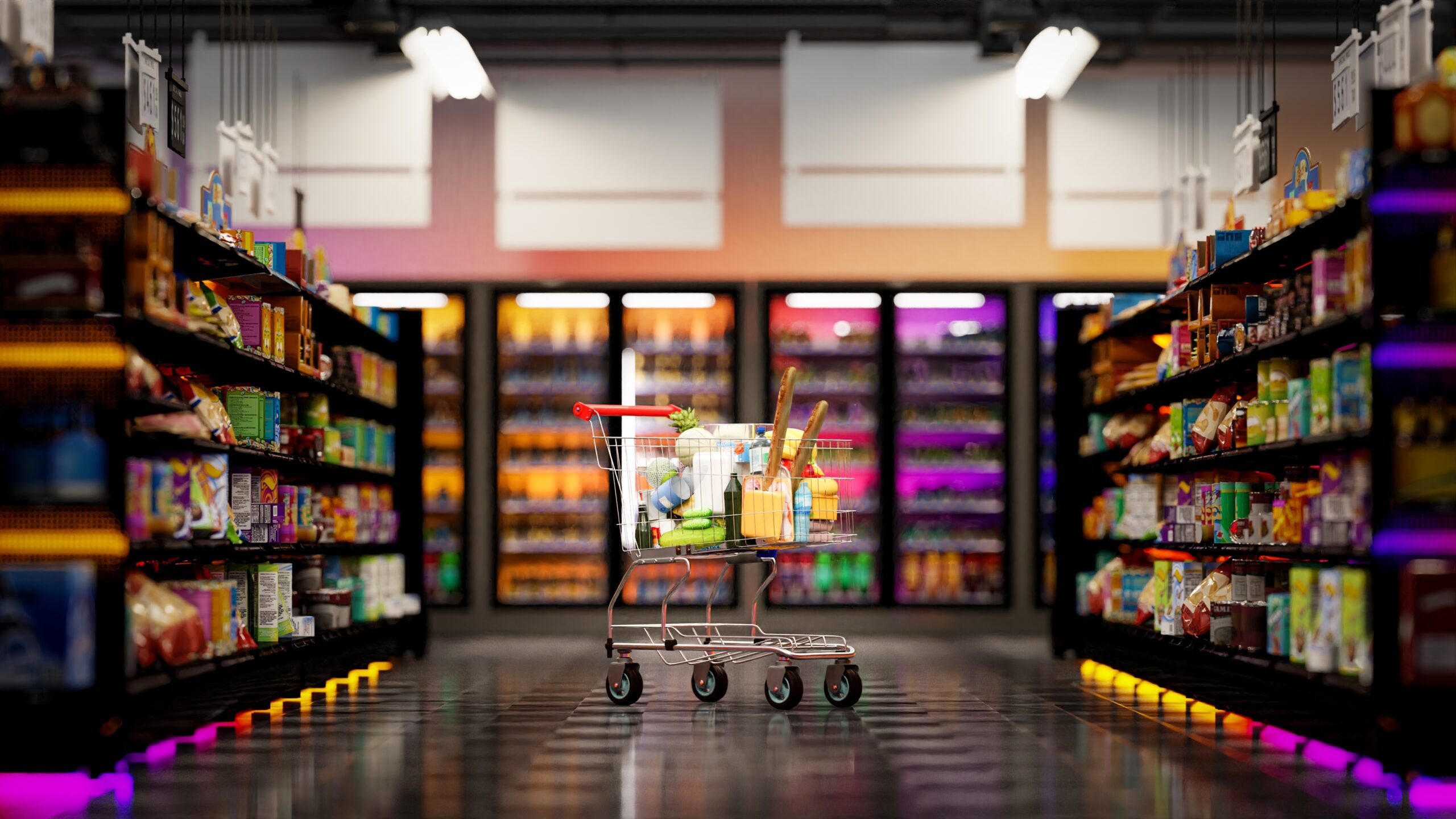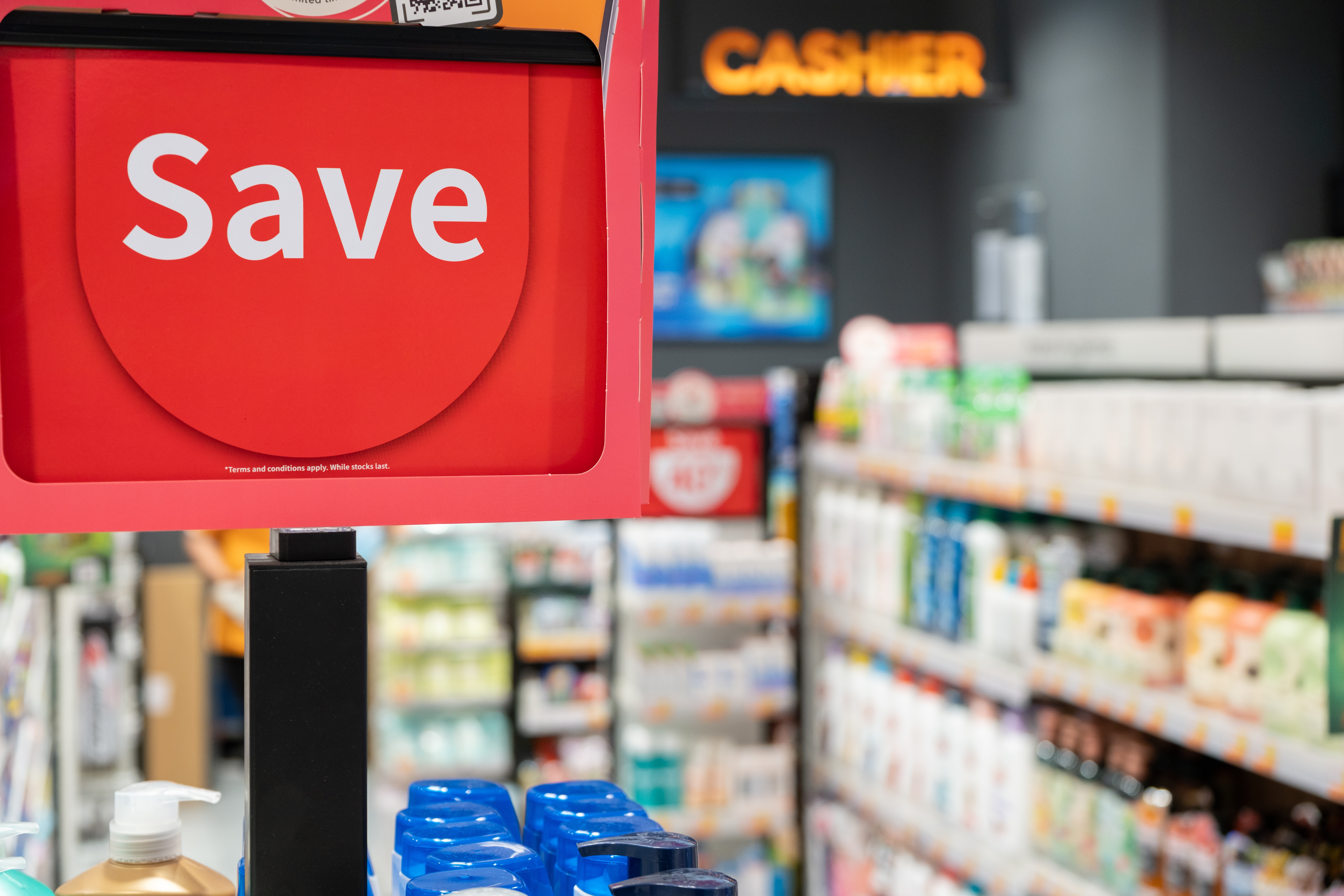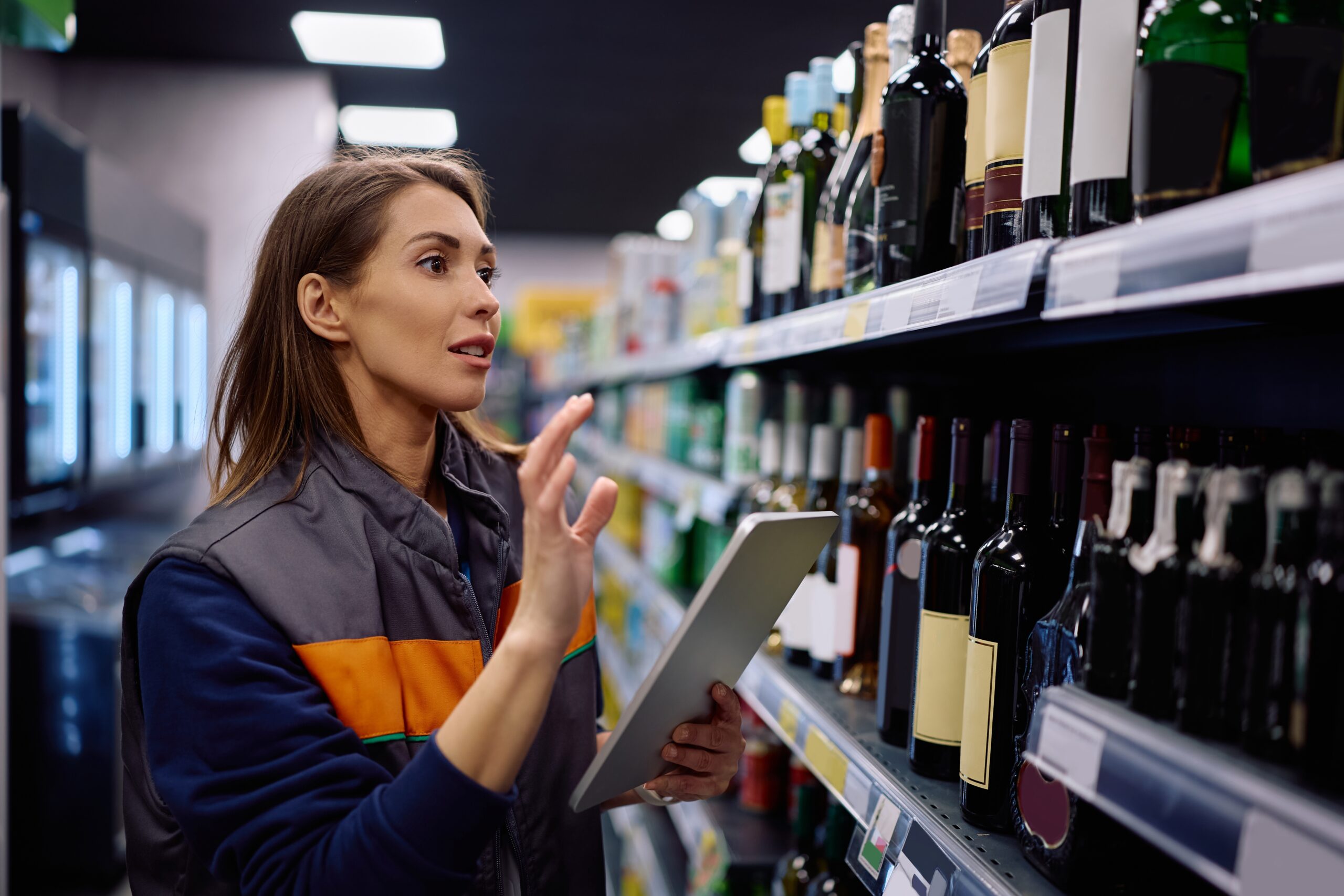Every square inch of space on a retail shelf can significantly impact sales. When it comes to product placement, the right choice can enhance the customer experience and set the pace for record growth, but the wrong choice, even minor ones, can result in a loss for the company. So how do you know what will resonate with shoppers? This is where the art of planogram supermarket analysis emerges as a crucial strategy for success.
Planogram analysis entails the meticulous study and optimization of grocery store layouts and product displays to maximize efficiency and profitability. However, beyond its technical intricacies lies a deeper understanding of customer behavior—a key cornerstone of successful retail operations. Appreciating the nuances of how customers interact with store environments and product placements is essential for tailoring experiences that resonate and drive sales. In this blog post, we delve into the significance of store planogram analysis and the pivotal role it plays in deciphering customer behavior within retail settings, showcasing how emerging technologies like VR and AR are revolutionizing this field and paving the way for smarter, more customer-centric retail experiences.
What is a planogram?
Planograms are visual representations or diagrams that lay out the arrangement and placement of products within a retail space. They serve as strategic guides for retailers, detailing the optimal merchandise positioning on shelves, displays, or racks. The primary purpose of planograms is to enhance the visual appeal of the store, streamline inventory management, and ultimately drive sales by maximizing facings and ensuring the proper organization of store displays and shelves across product categories. By following a planogram, retailers can ensure consistent product presentation across multiple locations, maintain organized shelves, and effectively utilize available space to showcase their offerings.
Effective planogram implementation significantly influences the overall customer experience and directly impacts sales performance. A well-designed planogram enhances the shopping journey by guiding customers through the store logically and intuitively, making it easier for them to locate desired items and discover new products. Clear product visibility, organized displays, and appealing presentations foster a positive perception of the brand, instilling confidence and trust in shoppers. Retailers can stimulate impulse purchases and increase basket size by strategically positioning complementary products and highlighting promotional items. Ultimately, a thoughtful and data-driven approach to planogram implementation contributes to improved retailer customer satisfaction, loyalty, and long-term profitability. Planogram compliance ensures that store shelves and displays’ intended layout and organization are maintained, further enhancing the customer experience and maximizing sales potential.
Why does continued planogram analysis matter?
Contrary to popular belief, in-store and online shopping are equally as popular, according to a recent article by Forbes. Although online shopping has drastically changed the playing field, even a staggering 97% of GenZ – the digital generation – likes to shop online and in-store. However, the often seamless customer experience of online shopping puts increased pressure on retailers to provide the same – from finding an aisle to finding a product on a shelf.
This is exactly why a planogram isn’t static; its effectiveness should be regularly analyzed to ensure it provides the best customer experience, adapting to changing market dynamics and consumer preferences. Planogram analysis is crucial in optimizing retail space and product placement to maximize sales potential. By carefully examining customer traffic patterns, buying behaviors, and product performance data, retailers can tailor their planograms to meet their target audience’s specific needs and preferences. By identifying which products are popular and which require more visibility, retailers can strategically allocate shelf space, adjust product assortments, and implement cross-selling or upselling strategies to drive incremental revenue. Additionally, planogram analysis enables retailers to respond swiftly to market trends, seasonal fluctuations, and changing consumer demands, ensuring their store layouts remain dynamic and competitive.
So, how do you know what’s working and what’s not? Data. And not just any data, but the right kind of data.
Take, for example, the elusive Target trip, which always begins with a simple product like hairspray or toothpaste and ends in a storm of impulse buying, especially at the point-of-sale (POS). It’s a phenomenon for many people, but it’s not accidental. Target has teams of people planning the customer experience down to the detail, constantly analyzing data and customer feedback. So whether spring cleaning, Halloween, or bargain shopping is on the rise, they have a plan to keep customer’s carts full and their experience positive.
Okay, but how do you get the right data? InContext.
Leveraging VR and AR for Planogram Insights
However, with virtual reality (VR) and augmented reality (AR) technologies, a new era of retail strategy is emerging, and at InContext, we’re leading the way. Our VR and AR platforms offer immersive and interactive experiences that transcend the boundaries of physical space, allowing retailers and brands to visualize and analyze planograms in ways previously unimaginable. Gone are the days of static 2D representations and guesswork. VR and AR technologies provide dynamic simulations that simulate real-world scenarios, enabling retail teams to assess the impact of different layouts, product placements, and signage strategies with unprecedented precision and accuracy. By harnessing the power of VR and AR, merchandisers can revolutionize their approach to planogram analysis, unlocking previously inaccessible insights with traditional methods.
VR Planogram Testing
VR technology offers a revolutionary approach to planogram testing, providing brands with a dynamic and realistic simulation of store layouts and product displays. This immersive experience enables them to visualize and adjust planograms within a virtual environment, offering unparalleled flexibility and precision in optimizing product placement and shelf layouts. VR for planogram testing offers significant cost and time savings compared to traditional physical testing methods. By eliminating the need for costly mock store setups and manual adjustments, retailers can streamline the testing process and expedite decision-making, ultimately driving efficiencies and reducing overhead expenses.
At InContext, our VR platform, ShopperMX, takes planogram testing to the next level. ShopperMX empowers teams to visualize their retail concepts in a digital twin environment, providing actionable insights to maximize ROI and revenue growth. Our cutting-edge digital twin technology enables the testing of different planogram options risk-free, with the highest correlation rate of success. Retailers and brands can make data-driven decisions with confidence, saving both time and money in the process.
Retailers operating in supermarkets can harness the power of VR technology to explore a multitude of scenarios aimed at enhancing profitability and refining the customer experience. By testing various arrangements such as bundling complementary items, showcasing best-selling products prominently, or strategically positioning impulse purchases near checkout counters, they can evaluate the impact of each layout on in-store sales and customer engagement. They can also investigate the effects of signage placement, aisle layouts, and promotional displays on foot traffic and conversion rates.
From a manufacturer perspective, virtual simulations offer a way to test different shelf concepts to understand what moves the needle for specific products or for whole categories. Through thorough data analysis and virtual simulations, brands can gain valuable insights into consumer behavior and preferences, enabling them to make well-informed decisions to boost profitability and foster growth.
AR for Planogram Validation
Similarly, AR technology offers a unique set of benefits for optimizing planograms, by providing field sales teams with enhanced visualization capabilities and real-time feedback. InContext’s AR field enablement app, SMX GO, revolutionizes the planogram validation process by allowing retailers to create overlays of how product displays and signage should appear in-store. This innovative technology streamlines the sell-in process by enabling seamless collaboration and sharing points of interruption directly within the store environment. Additionally, SMX GO helps to visualize displays and signage on-site, overcoming barriers to sales and capturing more floor space with speed and efficiency–ultimately driving increased revenue.
The power of predicting customer behavior with InContext
In today’s retail landscape, where competition is fierce and customer loyalty is paramount, understanding and predicting customer behavior is crucial for success. Data-driven insights are pivotal in this process, empowering retailers to make informed decisions that resonate with their target audience. By harnessing the power of VR and AR-generated data, retailers can gain valuable insights into how customers interact with planograms and product displays. This granular understanding allows them to optimize planogram layouts and product placements to maximize sales potential and improve customer satisfaction.
Predictive analytics further enhance retailers’ ability to anticipate customer preferences and behaviors, enabling them to stay ahead of market trends and consumer demands. By analyzing sales data and leveraging advanced algorithms, retailers can identify patterns and trends that inform strategic decisions regarding product assortment, space planning, and visual merchandising. This proactive approach not only drives in-store sales but can also help retailers adapt to their customers’ evolving needs and preferences.
As retailers continue to navigate the evolving retail environment, one thing remains clear: the value of leveraging data-driven insights to optimize customer behavior and enhance the overall shopping experience is paramount. If you’re ready to find the right approach for your business, InContext is here to help. We partner with retailers to help them thrive in today’s market, set themselves apart, and achieve lasting success.
